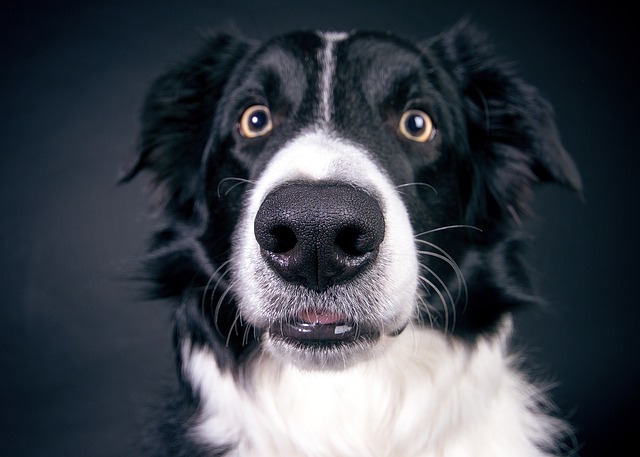
How much does it cost for a dog teeth cleaning?
Most dog owners notice their pup’s stinky breath or yellowed teeth at some point, and that’s when the question of cleaning costs pops up.
I sat with my friend Elena in her Atlanta kitchen last month, where her 3-year-old Boxer, Duke, lay listlessly on the floor—his once-bouncy tail barely twitching, and his gums looking paler than usual. “I switched him to grain-free food because the label said ‘natural,’ but he’s been acting sick for weeks. Why is grain free bad for dogs?” Elena asked, holding up a bag of kibble where “pea flour” topped the ingredient list. If you’re a new U.S. dog owner drawn to grain-free marketing, the truth is: Grain-free food itself isn’t the villain—but the cheap, risky substitutes many brands use, and the unnecessary stress it puts on most dogs’ bodies, make it harmful for the vast majority of pups.
To understand why grain-free food often backfires, let’s break down what’s really in those bags. Grains like brown rice, oats, and barley are actually good for dogs—they’re packed with fiber (for healthy tummies), B vitamins (for energy), and even protein. The problem starts when brands yank grains out and replace them with large amounts of legumes: peas, lentils, chickpeas, or bean flour. Elena’s vet, Dr. Mendez, explained the FDA’s big warning: These legume-heavy formulas are linked to dilated cardiomyopathy (DCM), a life-threatening heart condition. Legumes block dogs’ ability to absorb taurine—a nutrient their hearts need to stay strong. Duke’s blood work showed low taurine levels, directly tied to his food. Worse, most dogs don’t even need grain-free: Less than 10% of allergic dogs react to grains; the rest digest them just fine. Grain-free is a human diet trend forced on dogs, not a canine necessity.

Here’s how to protect your dog from grain-free harm, step by step: First, flip the bag and check the ingredients. If peas, lentils, or “pea protein” are in the top 3 ingredients, put it back. Look for grain-free options that use sweet potatoes or pumpkin instead (safer carbs) only if your vet confirms a grain allergy. Elena swapped Duke’s food for a grain-containing kibble with brown rice, and his energy came back in 3 days. Second, watch for DCM warning signs: lethargy, trouble breathing, pale gums, or sudden collapse. Duke’s lethargy was an early red flag—catching it fast kept his heart safe. Third, never switch without a vet’s okay. Vets can run taurine tests or elimination diets to see if grains truly bother your dog. Elena admitted she skipped this step, trusting the “natural” label—and almost paid for it. Fourth, ignore the hype if your dog thrives on grain food. If their coat is shiny, poop is firm, and they play hard, there’s no need to fix what works.
For apartment living, store any dog food (grain or grain-free) in an airtight container to prevent mold—spoiled food is dangerous no matter the carbs. When walking, always carry poop bags (cities like Atlanta fine $150 for leaving messes)—grain-free food often makes poop softer, so extra bags help. Never scold your dog for refusing grain-free food: Duke turned his nose up at the pea-heavy kibble at first, and he was right—punishment violates U.S. animal welfare standards and makes mealtime stressful. Keep your dog’s rabies vaccine up to date (required nationwide)—vet visits are the perfect time to review their diet; many vets have go-to brands that skip risky legumes.
A week later, Elena texted me a video of Duke chasing his ball. Why is grain free bad for dogs? For Duke, it was the legumes blocking his taurine. For most pups, it’s unnecessary risk for a trend. Save grain-free for the rare dogs who truly need it—and always listen to your vet over a fancy label.

Most dog owners notice their pup’s stinky breath or yellowed teeth at some point, and that’s when the question of cleaning costs pops up.
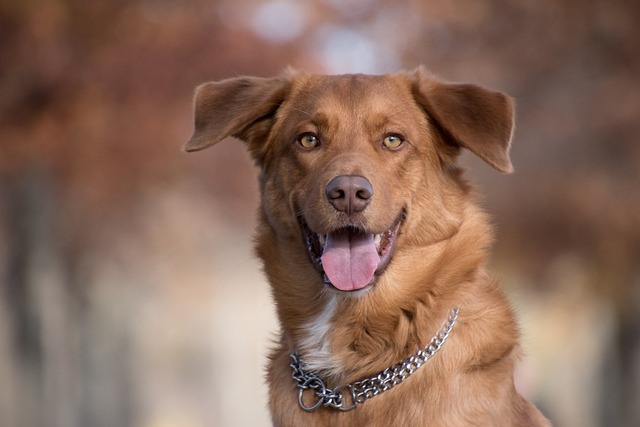
Cucumbers pop up in salads, snacks, and even water infusions for us, so it’s only natural to wonder if our furry sidekicks can join in.
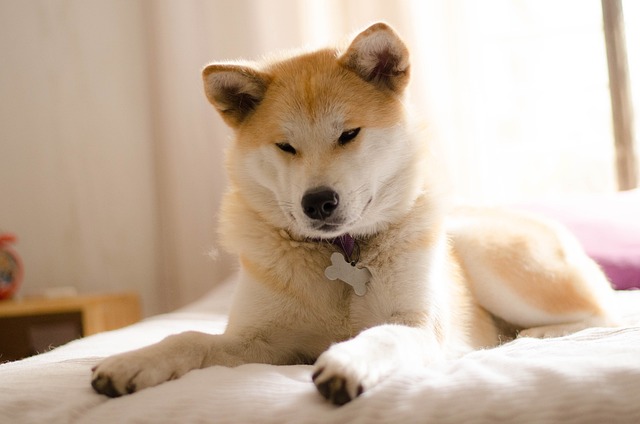
I sat with my friend Jake on his Chicago backyard patio last Saturday, panic in his voice as he held his 1-year-old Beagle, Daisy
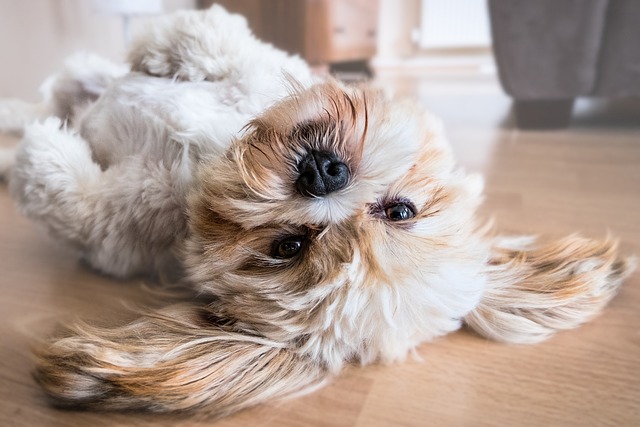
I sat with my friend Clara on her Boston apartment couch last week, watching her 18-month-old Boston Terrier, Luna, scratch her armpits until the fur turned pink
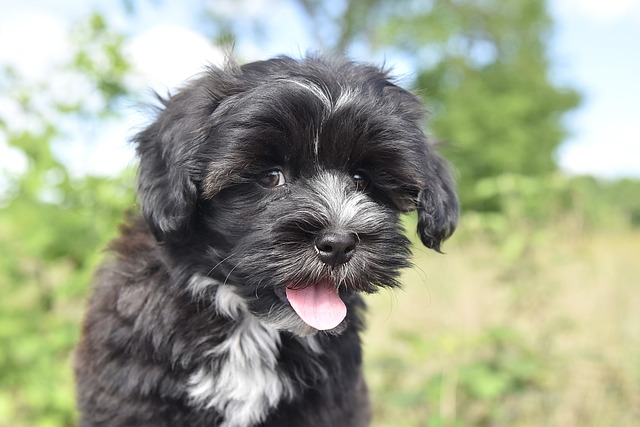
You’re giving your French Bulldog, Bruno, his nightly belly rub when you feel something unusual: a few circular, crusty patches near his back leg that seem to be losing hair.

Curly haired dogs like Poodles or Bichon Frises have coats that trap dirt and mat easily, so regular grooming isn’t just about looks—it’s key to their comfort.